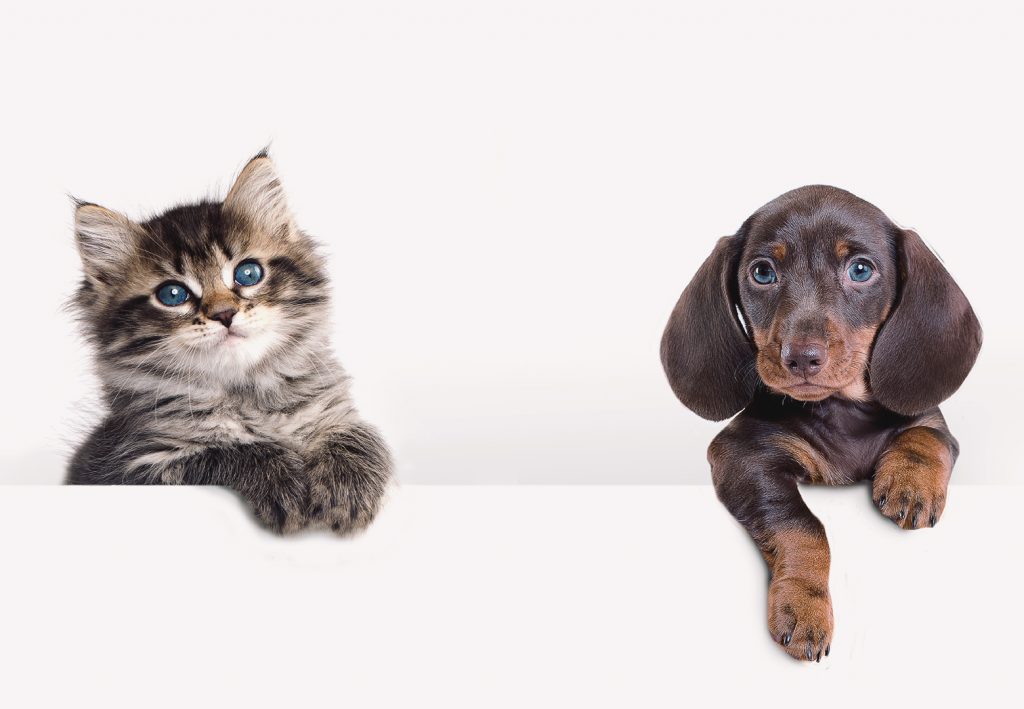When was the last time you used “intellectual” and “pets” in the same sentence? Oh, sure – some think cats are fiercely independent and stealthy, and others think dogs are fiercely loyal and clever (when not napping) but “intellectual?” Not likely.
Take a walk down any U.S. Street – urban, suburban or country. You will probably encounter someone walking a dog (maybe even you?) or see a cat perched on a windowsill silently watching you stroll past its domain. Pets are everywhere! The latest statistics from the American Pet Products Association (APPA) report that 67% of U.S. households own a pet (that’s about 85 million homes).
The APPA reports that in 2020, we spent $103.6 billion on our pets. The ultimate consumer here (the pet) spent none of this money. It was the pet owner who made all the purchasing decisions. As you might expect, the pandemic actually led to large increases in pet industry spending (for pet food, treats, supplies, veterinary care, etc.), except for some pet services such as grooming, boarding, pet-sitting and dog-walking – since most pet owners were staying home and grooming salons had to close during the shutdowns.
Like any 21st century big business, intellectual property in the pet industry is a big deal. There are market shares to gain and maintain. Protecting brands, creative content and innovations are IP tools that facilitate those goals.
Trademark Treats
Like any consumer-focused market, trademarks are critical. A good trademark distinguishes your client’s goods or services from its competitors, serves as a guarantee of consistency and quality, and helps to promote the goods and services bearing that brand. When shopping for what may be his or her favorite family member, the pet owner looks for the familiar and trusted brand of pet food, or what has been recommended by pet-owner friends or the vet.
Because the purchaser is you and not your pet, some pet products sellers try to emulate brands that humans might already know. For instance, Tootsie Roll Industries is suing to stop another from selling TOOTSIE PUPS dog treats in view of its TOOTSIE POPS candy brand, and Anheuser-Busch once sued to stop the sale of BUTTWIPER dog toys in view of its BUDWEISER beer brand. While sometimes this type of me-too branding might be legally defensible under the First Amendment as parody (such as was found to be the case for CHEWY VUITTON dog toys), is parroting a known brand worth it? Even if such a ploy might generate some social media buzz, the associated legal fees and possible rebranding costs may not make it worthwhile as a long play. With trademarks, being original is almost always best.
Copyright Collars
Pet owners love to take pet pictures. Copyright vests in the creator or, in this case, the pet owner photographer who then has the right to control reproduction and distribution of that picture. If you post that awesome pet picture you took on Facebook or Twitter, its sharing and re-tweeting are subject to the social media platform’s terms and conditions that you agreed to so you lose some control (although maybe not if someone tries to use your posted picture on a commercial level). You can only hope to capture that next “Grumpy Cat” image that could launch your pet as a licensing and meme phenomenon.
Patent Poop
Your client can be granted a U.S. utility patent if its invention is useful and, in view of the prior art, novel and nonobvious. A U.S. design patent can be granted for an article that is original, ornamental and, in view of the prior art, novel and nonobvious. Pet products that have qualified for patent protection recently include a variety of innovations, including pet toys, removeable litter tray cartridges, dog cooling pads, self-clumping cat litter, dental dog chews, and flea and tick medication applicators. And even though our pets don’t have smartphones, patents have been awarded for apps that facilitate pet chats so you can have a conversation with your pet even though you aren’t home.
Some of the products mentioned above have been involved in patent infringement litigation, but patent battles in the pet industry aren’t limited only to pet product patents. In 2021, IBM and e-commerce retail giant Chewy, Inc. are in the early throes of patent litigation over four IBM patents that Chewy characterizes as relating to so-called “early internet” methods or abstract methods including presenting advertising, formatting web content, associating advertisements with search results and magnifying objects. No bacon flavoring or cat nip involved in this case.










